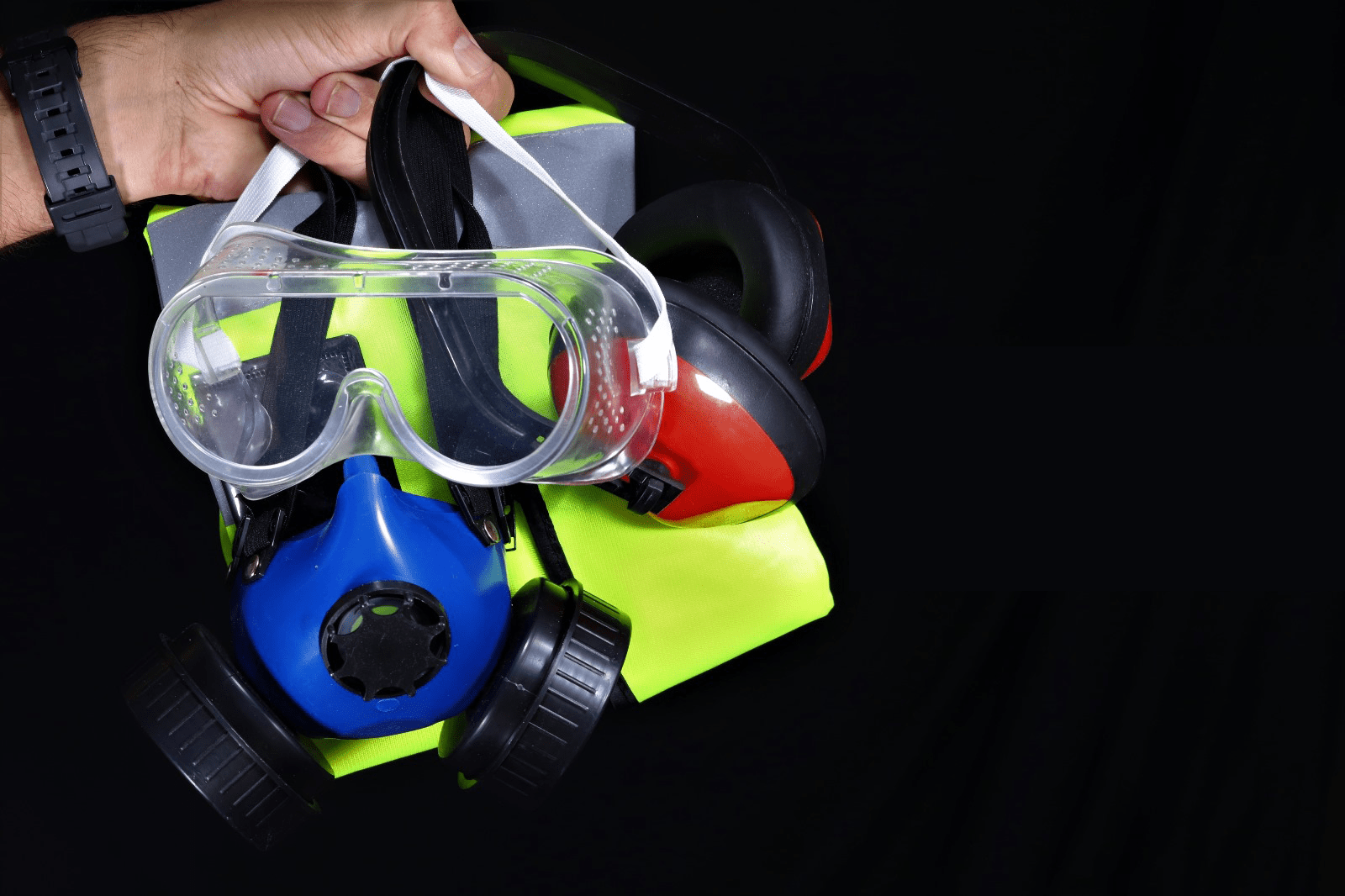Your Cart is Empty
Safety Tips for Working with Fiberglass and Resin
February 18, 2025 4 min read

Stay Safe While Working with Fiberglass and Resin: Essential Tips You Need to Know
Working with fiberglass and resin opens doors to countless creative and practical projects. Whetheryou're crafting custom furniture, tacklingmarine or auto repairs, or indulging inRC, fiberglass mold or construction projects, these materials are beloved for their versatility and durability.
However, working with fiberglass and resinisn’t without risks. From skin irritation to potential respiratory hazards, understanding and addressing the safety concerns is key to successful and safe project completion.
This guide will walk you through the potential hazards, essential equipment, best practices, and safety tips needed when working with fiberglass and resin, ensuring you can create with confidence and protection.
What Are the Hazards of Fiberglass and Resin?
Before we jump into the safety measures,it's important to understand whythey’re necessary. Here are some of the potential risks associated with fiberglass and resin:
1. Skin Irritation
Fiberglasscomprises tiny glass fibers that can be sharp and abrasive.These fibers can cause itching, redness, and irritation when they come into contact with your skin. Since resin is a chemical compound, it may cause burns or allergic reactions if it touches your skin directly.
2. Respiratory Issues
When fiberglass is cut or sanded, it releases fine particles into the air, which can irritate your respiratory system. Likewise, resin fumesare strong andcan be harmful if inhaled overlong periods.
3. Eye Damage
Contact with airborne fiberglass particles or resin splashes can seriously irritate your eyes, potentially causing discomfort and more severe risks if notaddressed promptly.
4. Long-Term Risks
Prolonged exposure to fiberglass dust and VOCs may lead to chronic respiratory problems, such as asthma, or even long-term sensitivity to certain chemicals. Proper precautions today can help mitigate these risks for tomorrow.
Essential Safety Equipment for Fiberglass and ResinProjects
The first step toward working safely is investing in the right protective gear.Here’s whatyou’ll need and how to use each piece effectively:
1. Protective Clothing
Lightweight, long-sleeved shirts, long pants, and gloves are your first line of defense.Opt for disposable coveralls when working on larger projects to prevent skin contact and make cleanup easier.
2. Respirator or Dust Mask
Choose a respirator equipped with filters suitable for fine fiberglass particles and resin fumes. Regular masks, such as cloth or surgical ones,won’t offer sufficient protection against these hazards.
3. Goggles or Safety Glasses
Use chemical-resistant goggles to protect your eyes from fiberglass particles and resin splashes. Wraparound designs are ideal for blocking particles from all angles.
4. Ventilation or Exhaust Fans
Ensure proper airflow in your workspace with ventilation or exhaust fans to remove resin fumes and fiberglass dust effectively.
5. Ear Protection (Optional)
Ifyou’re using power tools to cut fiberglass, you may also need ear protection to shield yourself from noise exposure.
BestPractices for Working with Fiberglass and Resin
Preparation is the key to both safety and project success. Follow these best practices to create a safer working environment:
1. Set Up a Well-Ventilated Workspace
Always work in an open space or a well-ventilated room.
2. Keep a Clean Workspace
Remove unnecessary clutter that could lead to accidents. Ensure your tools and materials are within easy reach tomaintain focus and avoid distractions.
3. Handle with Care
Always handle fiberglass and resin with care:
-
Avoid touching fiberglass directly with bare skin.
-
Mix resin slowly and steadily to prevent splashes orspills.
4. Read Product Labels
Pay careful attention to safety instructions and warnings on resin and fiberglass packaging. These instructions often specify proper handling and storage conditions.
Step-by-Step Safety Tips for Specific Tasks
Each task has unique safety considerations.Here’s a breakdown of how to work safely during common activities involving fiberglass and resin:
1. Cutting Fiberglass
-
Wear protective gloves, goggles, and a respirator.
-
Use a sharp cutting tool to minimize fragment dispersion.
-
Cut fiberglass over a tarp orcontained surface to collect fibers for easy disposal.
2. Mixing Resin
-
Use disposable gloves to avoid skin contact.
-
Ensure your space is ventilated to disperse the fumes.
-
Measure components accurately to prevent excessive chemical reactions that can produceadditional heat or vapors.
3. Applying Resin and Fiberglass
-
Apply resin and fiberglass with tools, such as brushes or rollers, to minimize skin contact.
-
Avoid heavy layering in one go; gradual layering improves curing and reduces the release of harmful fumes and excessive heat buildup.
Safe Disposal and Cleanup
Once your project is complete,it’s just as important to clean up responsibly to avoid lingering risks.Here’s how to safely manage waste:
1. Dispose of Waste Properly
Fiberglass scraps and chemical-soaked materials should never goin household waste. Check local waste disposal regulations for guidance on dealing with hazardous materials.
2. Wash or Dispose of Protective Gear
Dispose of disposable suits, gloves, and masks properly. Wash reusable gear, like goggles, thoroughly to prevent chemical residue buildup.
3. Clean Your Workspace
Use vacuum systems with HEPA filters to collect fiberglass particles rather than sweeping, which can stir them into the air. Wipe down surfaces with a damp cloth to remove any final residue.
Prioritize Your Safety Above All Else
Fiberglass and resin are incredible materials for many projects, but theyrequire respect for their hazards. By taking precautions—like wearing the right safety equipment, working in a ventilated space, and handling waste responsibly—you'll ensure each project is not only successful but also safe.
Got questions? Leave a comment or connect withus at support@truecomposites.com
